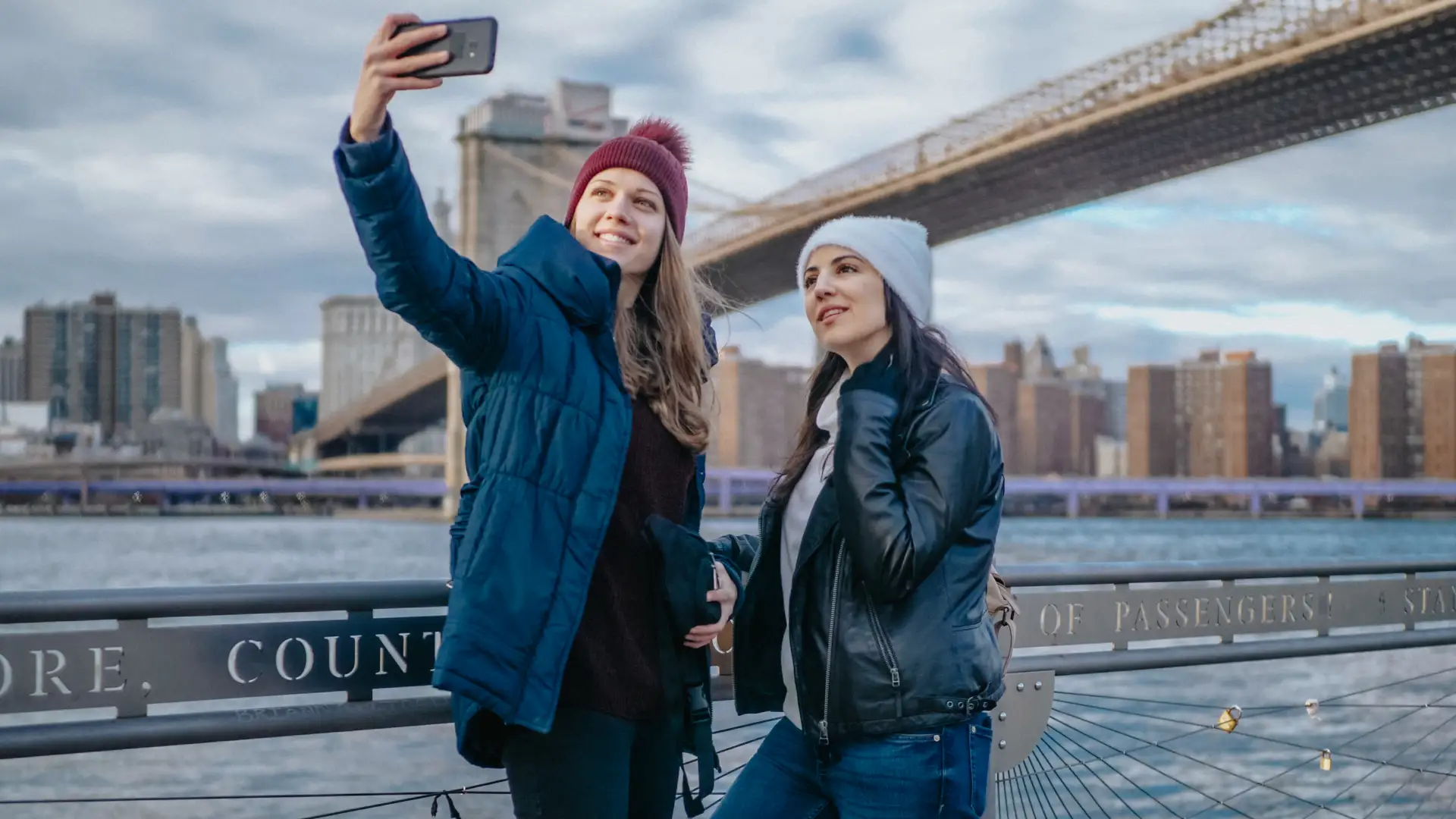The most overrated US destinations of 2025 are stealing your money while delivering experiences that barely match their Instagram photos. You’re paying $28 just to park at Navy Pier, waiting 17 hours for a 60-second ball drop in Times Square, and discovering Hollywood Boulevard smells more like public restrooms than movie magic.
These famous attractions have morphed into profit-focused machines where basic amenities cost extra, crowds make relaxation impossible, and authentic culture gets replaced by chain restaurants and overpriced gift shops.
This ranking exposes the 15 worst tourist traps that consistently disappoint visitors, plus reveals superior alternatives that deliver genuine value without the inflated costs and manufactured experiences.
1. Navy Pier Chicago Tourist Trap by the Lake
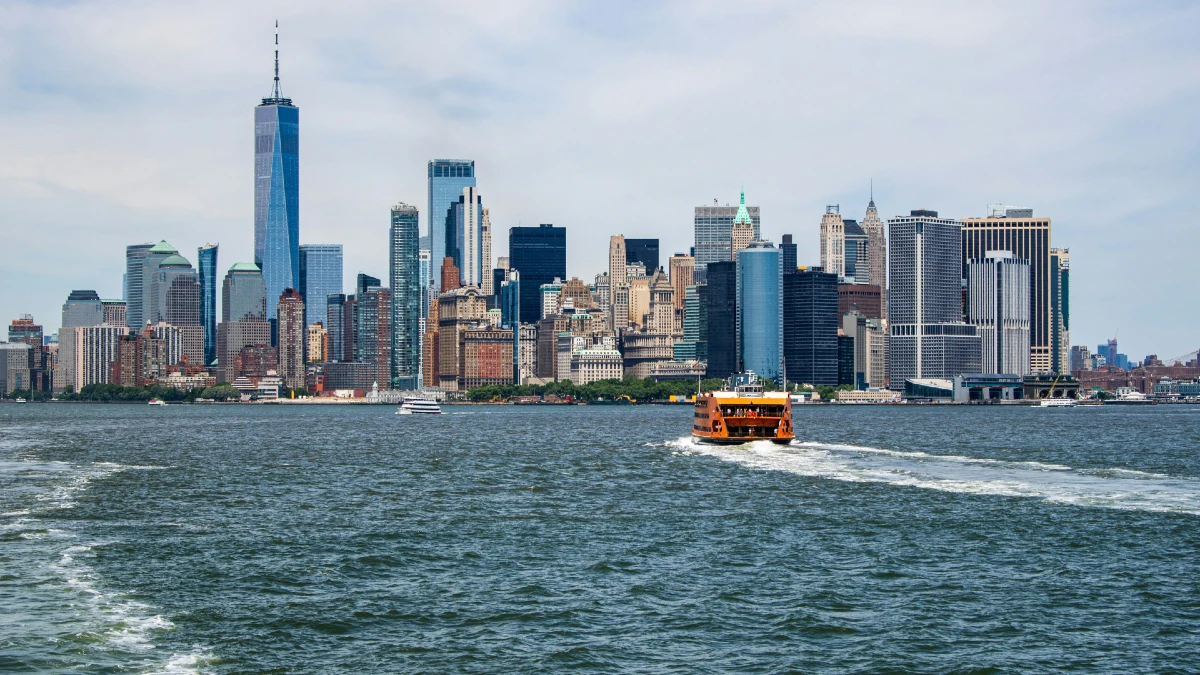
Chicago’s Navy Pier attracts 10 million visitors annually, but locals consistently warn it’s an “overpriced tourist trap” masquerading as authentic Windy City culture. What was once a charming lakefront destination has transformed into a sterile mall experience with astronomical costs that would make even Vegas blush.
The financial reality hits immediately: parking costs $28 before you’ve even glimpsed Lake Michigan. Inside, you’ll discover that recent renovations have eliminated beloved local shops like Garrett Popcorn and Rybas Fudge, replacing authentic Chicago businesses with generic chain restaurants and overpriced food courts. One disappointed visitor noted “this place is just a food court and no better than any mall” after discovering the transformation.
The crowds are overwhelming enough to obscure the pier’s main selling point—those lake views everyone raves about. Even seasonal events have joined the price-gouging trend: Winter Wonderfest now charges $28 for adults to walk through the door, unlike previous years when it was free. For families, costs spiral quickly beyond reasonable vacation budgets.
Skip Navy Pier and try instead: Millennium Park offers stunning architecture and free Crown Fountain shows, while Lincoln Park Zoo provides family entertainment without admission fees. For authentic lakefront views, the nearby Lakefront Trail delivers 18 miles of scenic coastline minus the tourist trap pricing.
2. Bourbon Street, New Orleans
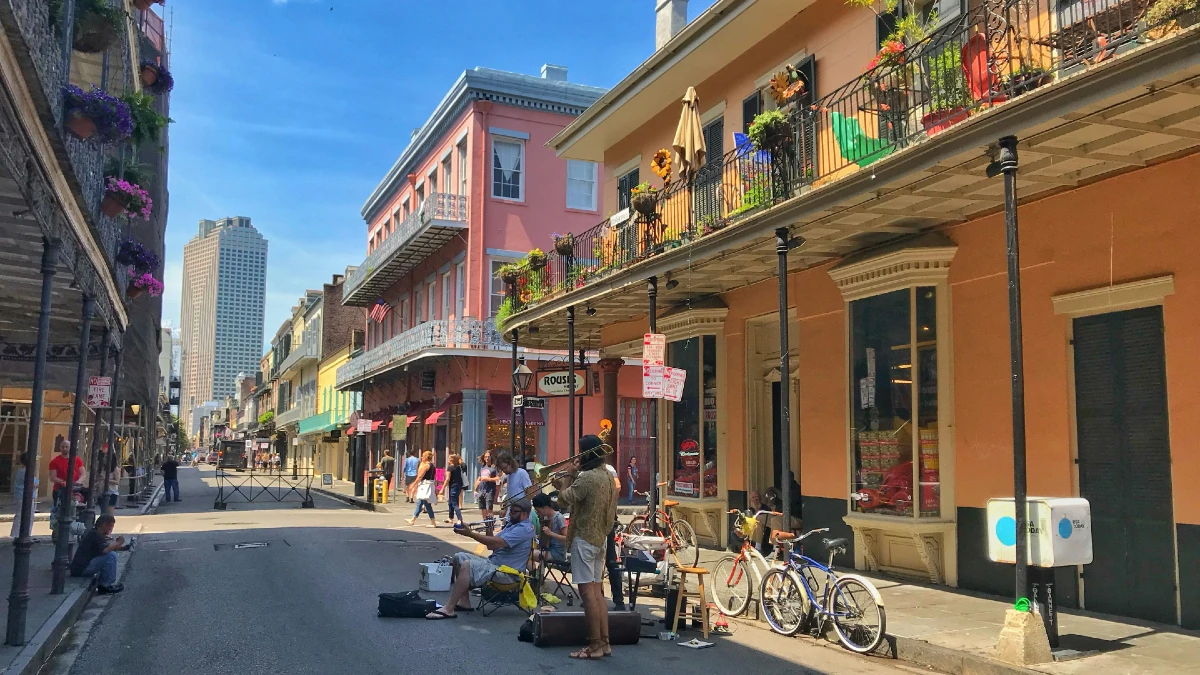
Bourbon Street represents everything wrong with overtourism: a sanitized, commodified version of New Orleans culture that locals actively avoid. While marketing promises authentic Big Easy experiences, reality delivers a street that “smells like a dirty toilet from very far away” and functions as a “complete tourist trap”.
The financial assault begins with drinks that would bankrupt a weekend warrior. A Hurricane costs $13, Willie’s Cocktail runs $14, and the infamous Huge Ass Beer will set you back $26-30. Most bars impose cover charges for live music, turning a simple night out into a budget-crushing expedition. The quality rarely justifies the premium—these are tourist-focused establishments prioritizing volume over authenticity.
Safety concerns compound the disappointment. Bourbon Street is “the most dangerous street in the French Quarter” where “thieves and muggers wait and prey on drunk tourists”. Local bartenders specifically warn visitors against drinking alone on this strip, a telling indictment of an area that markets itself as a party destination.
Perhaps most damaging, Bourbon Street offers a culturally bankrupt version of New Orleans. Any local will tell you “there is so much more to New Orleans than Bourbon” because this commercialized stretch strips away the city’s genuine musical heritage and Creole culture in favor of chain restaurants and staged entertainment.
Experience authentic New Orleans instead: Frenchmen Street delivers the real deal with local musicians, reasonable drink prices, and an atmosphere locals actually enjoy. The Marigny and Bywater neighborhoods offer genuine culture without the tourist trap mentality.
3. Hollywood Walk of Fame, Los Angeles
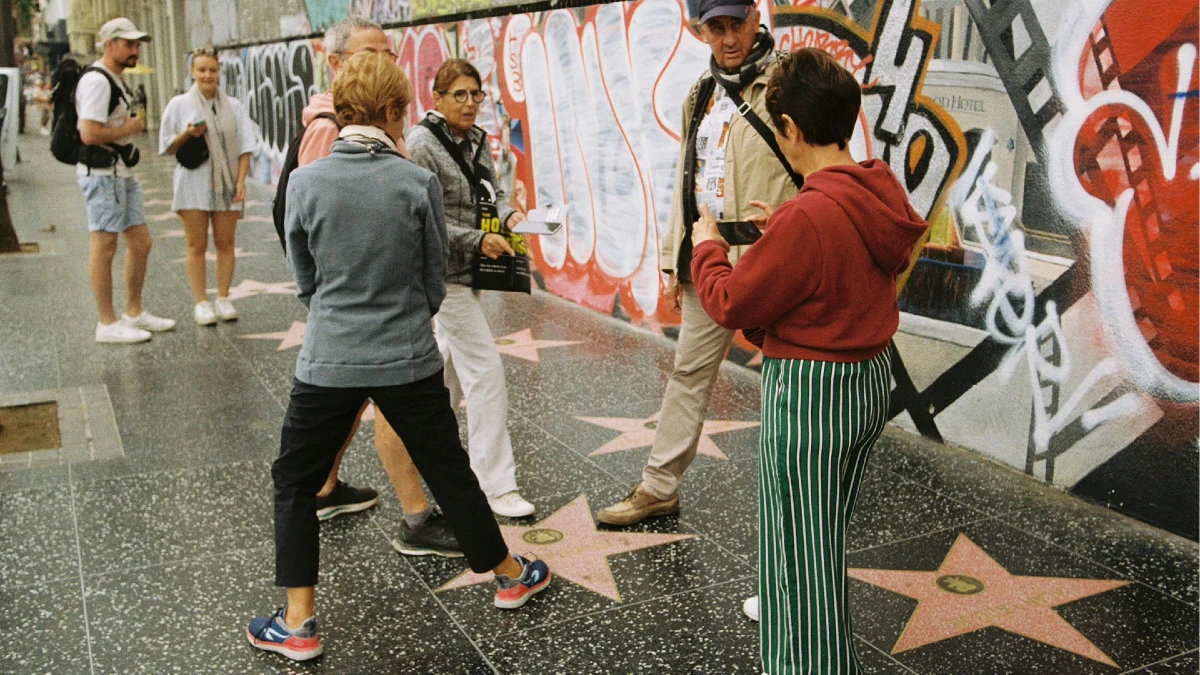
In a crushing blow to Hollywood’s carefully cultivated image, the Hollywood Walk of Fame was ranked as “the single worst destination in the world” in a global survey of tourist attractions. This isn’t hyperbole—it’s a damning assessment backed by millions of disappointing visitor experiences.
The glamorous Hollywood Boulevard you’ve seen in movies exists only through strategic camera angles and professional lighting. Reality delivers “large tour groups of people not paying attention to where they are walking, too many panhandlers shouting across the street” and aggressive vendors creating an uncomfortable gauntlet. Costumed characters demand payment for photos, often after tourists have already snapped pictures, leading to confrontational money demands.
The infrastructure tells its own story of neglect. Many stars are “broken, damaged and dirty” while the surrounding area features “tourist trap shops selling poor quality rubbish”. The contrast between Hollywood’s marketed glamour and Boulevard reality creates cognitive dissonance that leaves visitors feeling deceived.
Financial costs compound the disappointment, with parking ranging from $11 to $25+ for the privilege of walking on deteriorating sidewalks. The entertainment value? Getting a star costs celebrities $85,000 as of 2025, revealing the commercial machinery behind what many assume represents organic recognition of talent.
Discover real LA culture instead: The Getty Center offers world-class art with free admission and stunning city views. Griffith Observatory provides iconic Hollywood sign vistas without the Boulevard’s gritty reality, while downtown’s Arts District showcases authentic LA creativity without tourist trap pricing.
These destinations prove that popularity doesn’t equal quality—sometimes it’s just effective marketing combined with unrealistic expectations.
4. South Beach, Miami
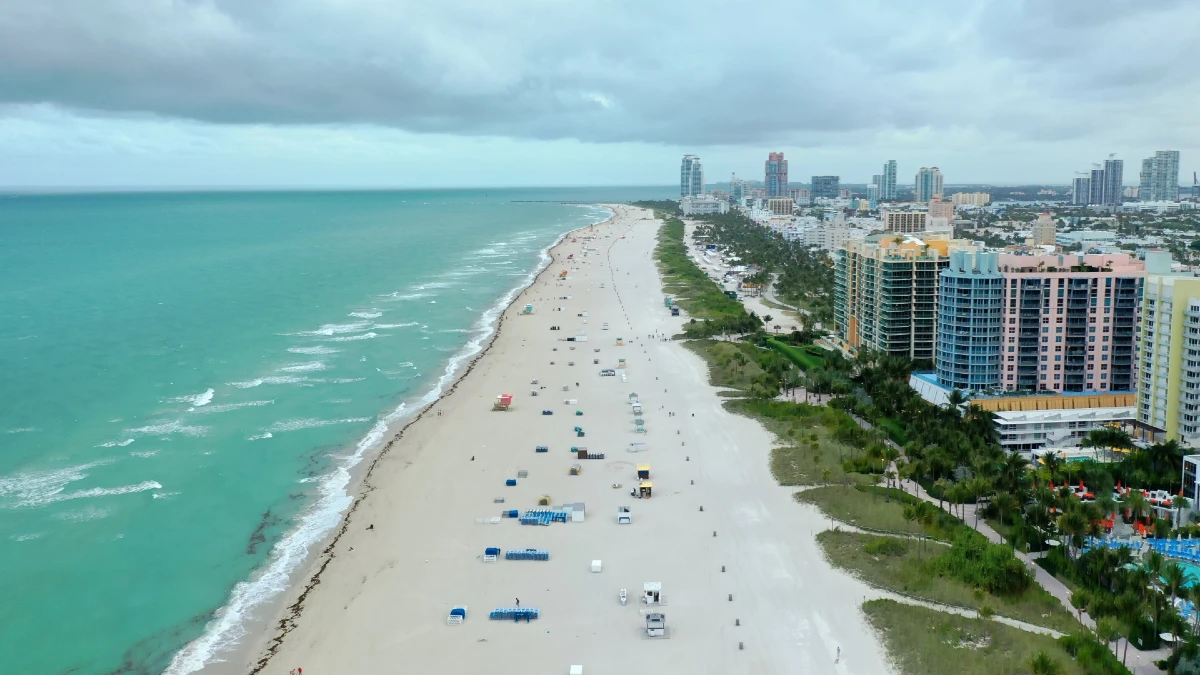
South Beach has transformed from a vibrant cultural destination into an overpriced playground that locals describe as “entirely done for.” The financial reality hits immediately: beach chair and umbrella rentals have skyrocketed from $20-25 in previous years to an absurd $65 in 2025, representing the kind of price gouging that epitomizes modern tourist traps.
The costs extend far beyond beach equipment. Cocktails cost $20-30 at trendy bars, while upscale restaurants demand $80-150+ per person, making a simple beach weekend easily exceed $1,000 for couples. Hotel parking adds another $25-45 per night, while street parking remains nearly impossible during peak times.
Beyond the financial assault, South Beach has lost its cultural soul. Long-time visitors report that “the city lost its magic” and is now “entirely whitewashed and overrun by influencer culture”. The Latin and Caribbean communities that once defined Miami’s character have been priced out, leaving behind a sanitized theme park atmosphere lacking authentic culture.
The crowds have reached suffocating levels, with limited beach space creating a sardine-can experience that destroys any pretense of relaxation. Many visitors describe feeling unsafe due to overcrowding and the pretentious atmosphere where everyone seems focused on social media performance rather than genuine enjoyment.
Experience authentic Florida beaches instead: Key Biscayne offers pristine coastline without South Beach’s tourist trap pricing, while Crandon Park provides a more tranquil alternative. For budget-conscious travelers, South Pointe Park delivers stunning ocean views without the overpriced amenities and attitude.
5. Pike Place Market, Seattle
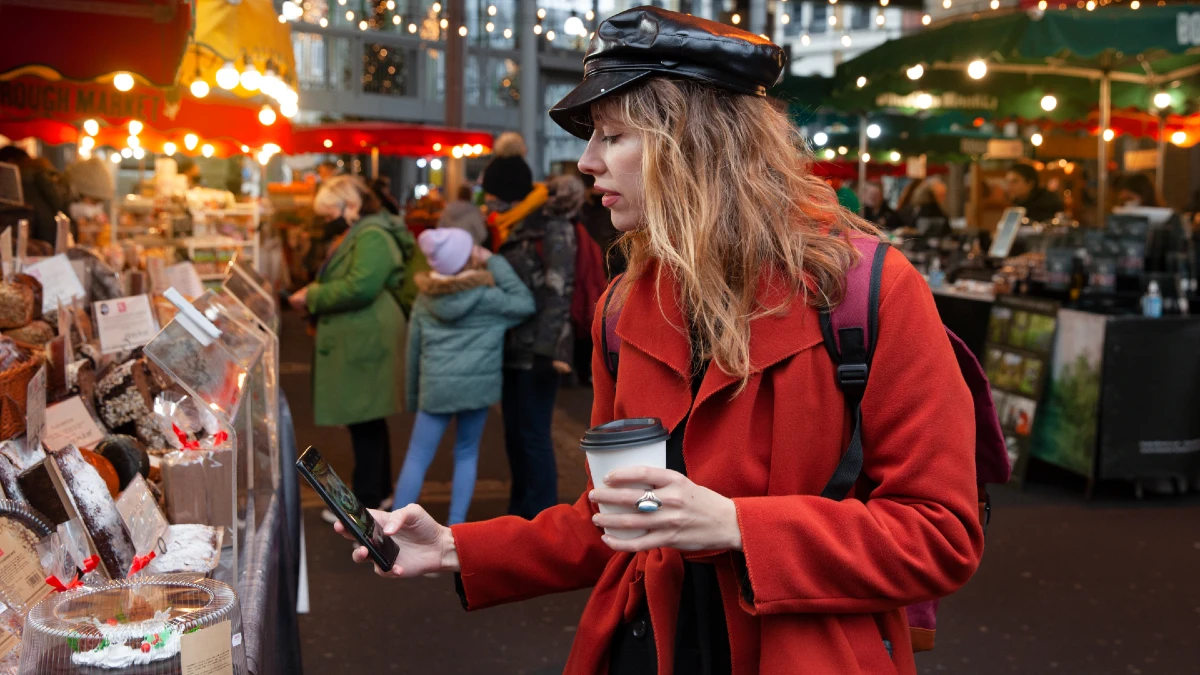
Seattle’s Pike Place Market draws 10 million visitors annually to witness what many discover is a carefully orchestrated tourist performance rather than an authentic local market experience. The famous fish-throwing spectacle, once an organic efficiency practice, has evolved into staged performances with “secret calls” and foam fish thrown into crowds to scare bystanders.
The market’s transformation into a tourist destination means most vendors now cater to visitors rather than locals. While marketed as a farmers market, the reality is “everything else is just overpriced, crowded, and dirty” beyond the fish-throwing photo opportunity. Coffee and souvenirs carry significant markups that reflect tourist-trap pricing rather than local market value.
Infrastructure issues compound the disappointment. Limited parking forces expensive garage fees, while accessibility remains challenging with crowded, narrow walkways. Free Wi-Fi exists only in one small atrium area, and the overall experience feels more like navigating an overcrowded mall than exploring an authentic public market.
The contrast with genuine markets becomes stark when visitors experience alternatives. Even Vancouver’s Granville Public Market and Philadelphia’s Reading Terminal Market provide superior experiences with better cleanliness, more reasonable pricing, and authentic local vendor relationships.
Discover authentic Seattle markets instead: Neighborhood farmers markets like University District or Ballard offer genuine local products without tourist markups. For the full Seattle food experience, explore Capitol Hill’s local food scene or visit Fremont’s weekend markets where locals actually shop.
6. Mount Rushmore, South Dakota
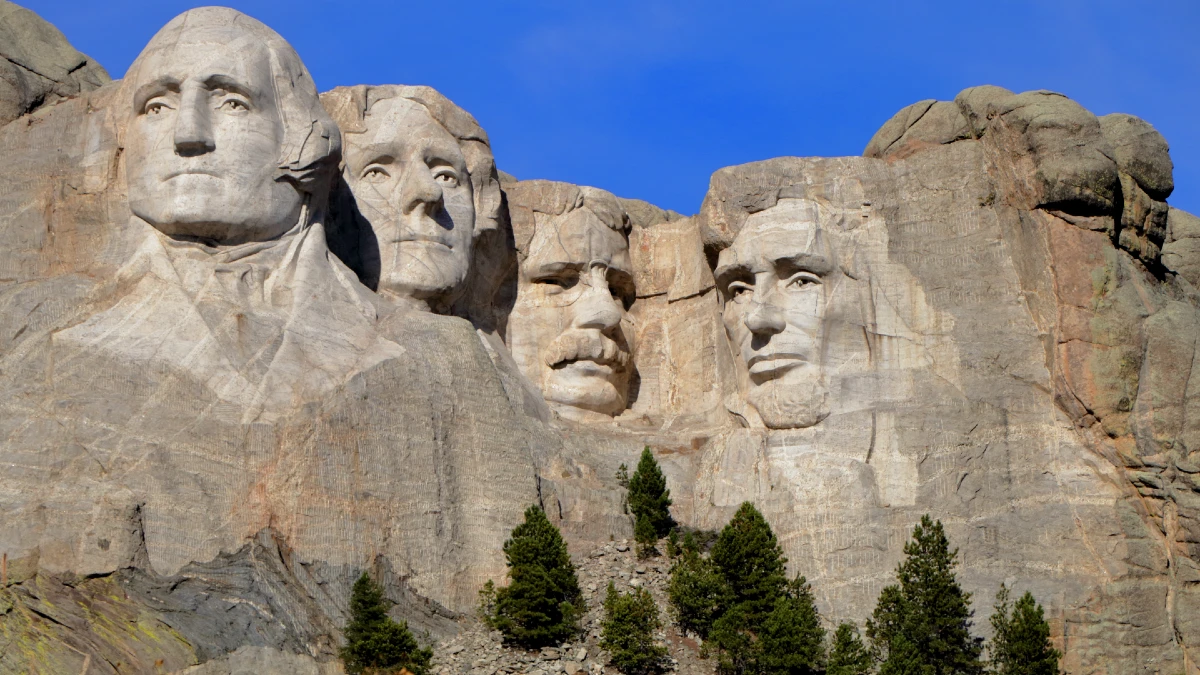
Mount Rushmore represents the ultimate triumph of marketing over substance—a monument that requires significant travel investment for what most visitors complete in under three hours. The average visit lasts 2-3 hours, yet getting there typically involves hours or days of driving through relatively empty landscape.
The size disappointment hits immediately upon arrival. Despite the 60-foot-tall carved faces, many visitors find “the faces themselves to appear a bit smaller than expected” due to perspective and distance from viewing areas. The “Hollywood effect” creates unrealistic expectations that reality simply cannot match.
Activities beyond viewing remain severely limited. Visitors consistently note there’s “not much to do besides look at it”, with the Presidential Trail offering the only substantial activity—a brief hike providing different viewing angles of the same four faces. The Sculptor’s Studio and visitor center provide historical context, but these rarely justify the travel investment for most tourists.
The controversial history often goes unmentioned in tourism marketing. The monument sits on land illegally taken from the Sioux Nation, who continue demanding its return and refuse the $102 million compensation awarded by the Supreme Court. This ongoing conflict led critics to label Mount Rushmore a “Shrine of Hypocrisy.”
Explore South Dakota’s natural wonders instead: Badlands National Park offers otherworldly landscapes that justify the drive, while Custer State Park provides genuine wildlife experiences and hiking opportunities. Black Hills National Forest delivers authentic outdoor adventure without the underwhelming monument experience that leaves most visitors asking “that’s it?”
These destinations prove that iconic status doesn’t guarantee satisfying experiences—sometimes the most famous attractions deliver the least value for your travel investment.
7. Ball Drop, Time Square
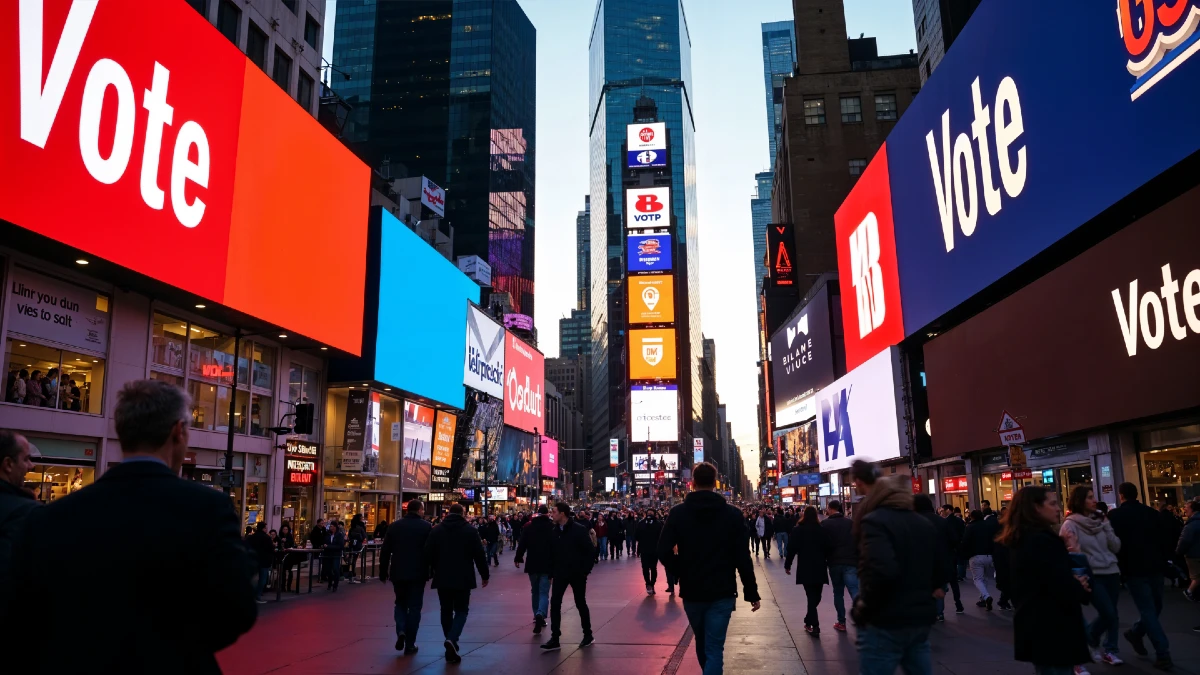
Times Square’s New Year’s Eve Ball Drop represents the ultimate endurance test masquerading as celebration. One visitor who arrived at 7 AM for a 17-hour wait perfectly captured the experience: after securing his bucket list wish, he immediately regretted not spending “a few more hours sleeping” before subjecting himself to what amounts to tourist torture.
The physical requirements are genuinely extreme. Spectators are “penned in for the long wait and forbidden from bringing in chairs or backpacks” while enduring temperatures averaging 34°F—with some years dropping to brutal lows like 1°F in 1917-18. Viewing areas open at 3 PM, but serious positioning requires arriving much earlier, creating waits of 12-17 hours without bathroom access, food options, or ability to leave and return.
The payoff rarely justifies the suffering. The actual ball drop lasts exactly 60 seconds at 11:59 PM, meaning most attendees wait over 900 times longer than the event duration. Many discover their viewing spots provide limited or obstructed views of One Times Square, reducing the “world-famous” experience to watching something on distant building screens.
Weather conditions frequently amplify the misery. The 2025 event featured heavy rain with attendees “forbidden from bringing umbrellas,” while wind chill can drop perceived temperatures well below actual readings. Those spotted “squatting on the ground or lying down entirely” during waits illustrate the physical toll this “celebration” demands.
Celebrate New Year’s properly instead: Nashville’s Big Bash offers major performances with seating and amenities, while cities nationwide host ball drop viewings with climate control and bathroom access. Even watching the Times Square broadcast at home provides better views than most in-person locations—without the hypothermia risk or 17-hour commitment for 60 seconds of “celebration.”
8. Fisherman’s Wharf, San Francisco
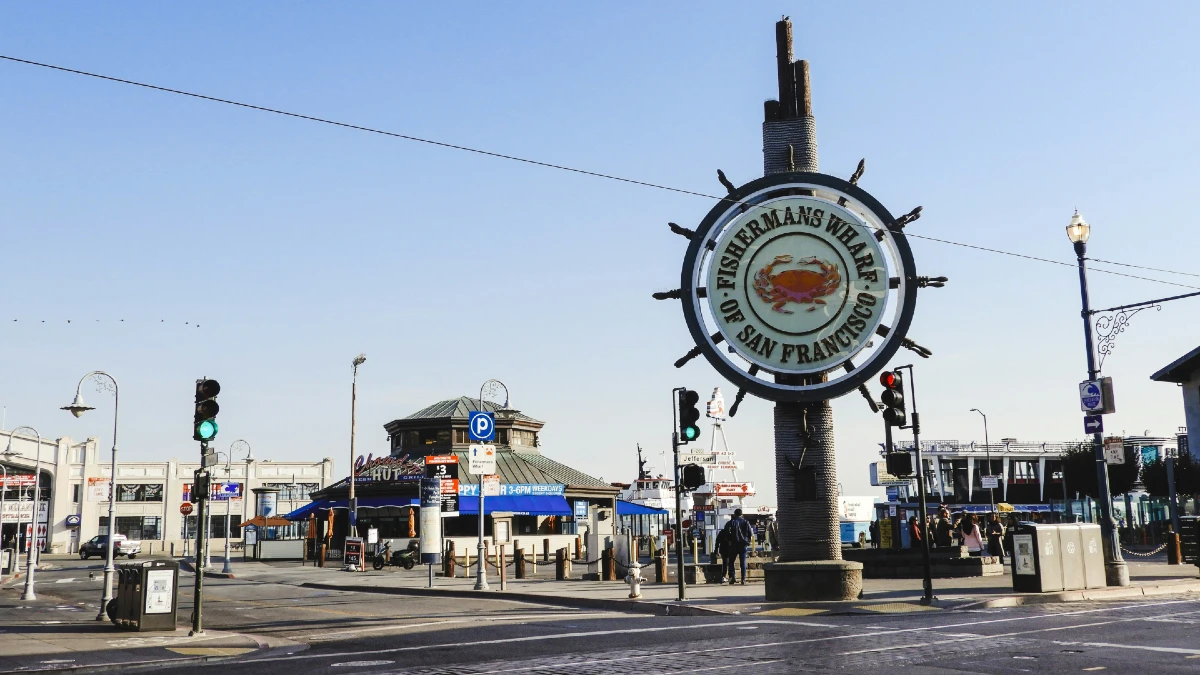
San Francisco’s Fisherman’s Wharf has completed its transformation from working fishing port into a “blatant tourist trap” where authentic maritime culture has been replaced by chain restaurants and overpriced mediocrity. Wikipedia accurately describes it as the “tourist trap area on the waterfront,” acknowledging what locals have known for decades.
The dining scene epitomizes everything wrong with tourist-focused destinations. Chains like Applebee’s and Bubba Gump Shrimp Co. dominate the landscape, while even dedicated seafood restaurants charge premium prices for questionable quality. One visitor noted lunch “with a beer and a soda was $250” for basic offerings, while parking fees of $6 per hour (maximum $30) add insult to financial injury.
The promised “fresh seafood” experience often disappoints. Many restaurants now serve seafood sourced far from San Francisco Bay, despite marketing that suggests pier-to-plate freshness. The aggressive sea lions at Pier 39—while entertaining for photos—create chaotic, crowded conditions that destroy any pretense of peaceful waterfront dining.
Infrastructure reflects the area’s tourist trap priorities. Limited parking forces expensive garage fees, while the constant crowds of “pushy, rude tourists” create an environment where authentic San Francisco culture has been completely sanitized. Even the historic restaurants mentioned in tourism marketing have closed or been replaced by generic establishments.
Experience authentic San Francisco seafood instead: Head to the Ferry Building Marketplace for genuine local vendors and superior bay views, or explore neighborhood spots in North Beach and the Mission where locals actually eat. For real working waterfront culture, visit the actual fishing boats at nearby piers where you can buy genuinely fresh catch without tourist markup pricing.
9. The Strip, Las Vegas
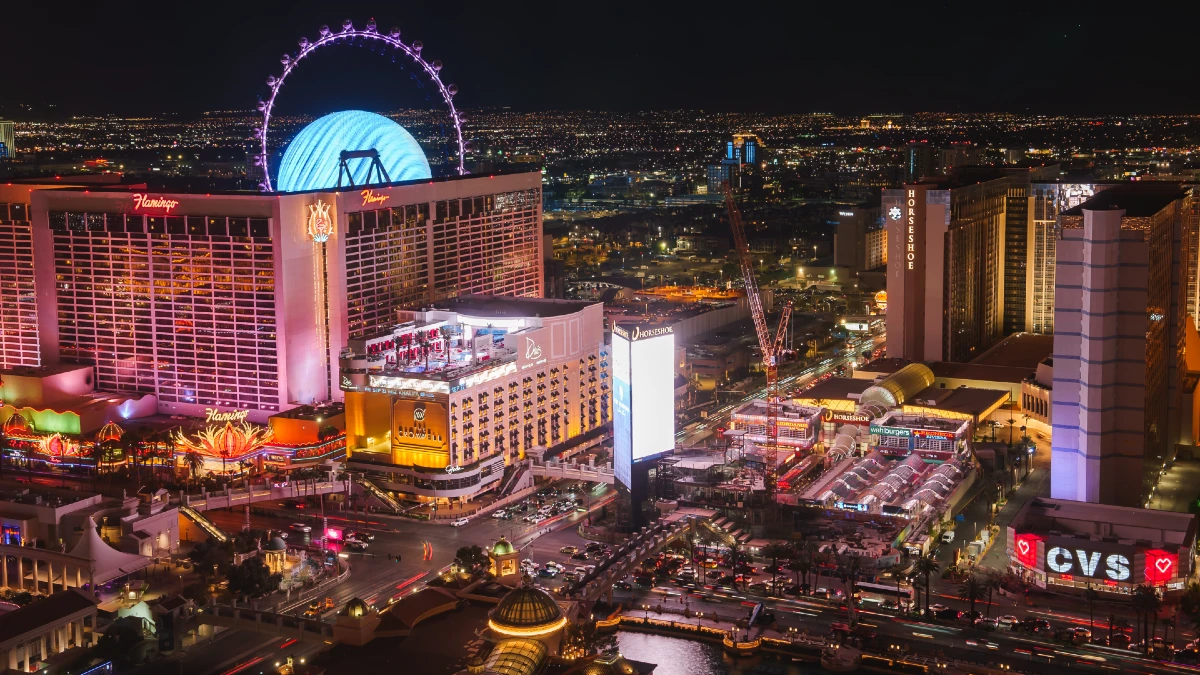
Las Vegas Strip has evolved into a masterclass in financial extraction, with an 88% majority of 15,500 recent survey respondents declaring the city “too expensive.” Tourism dropped 11.3% in June 2025 alone, with nearly 400,000 fewer visitors fleeing what many now recognize as an unsustainable money grab designed to maximize corporate profits at visitor expense.
The hidden costs assault begins immediately and never ends. Resort fees average $50+ per night, parking costs $50, early check-in demands $75 at premium properties (or $60 at mid-tier hotels), while basic amenities trigger additional charges. Hotels now charge $50 just for using mini-fridges, while $15 coffee, $10 water bottles, and $25+ cocktails create a financial death spiral that can easily exceed $1,000 daily for couples.
The artificial experiences offer no authentic cultural value. Everything exists solely to separate visitors from money, from the staged atmosphere to the algormic pricing that changes water costs based on demand. The health impacts include sensory overstimulation from constant noise, flashing lights, and manufactured excitement designed to impair judgment and encourage gambling addiction.
Gaming conditions have deteriorated to visitor-hostile levels, with 6:5 blackjack, triple-zero roulette, and $25 minimum bets during slow periods creating mathematical disadvantages that make winning nearly impossible. Celebrity chef restaurants serve “$50 plates of pasta that cost them about $5 to prepare” while nightclubs charge “$4,000 for tables” plus additional fees and mandatory gratuities approaching $6,000 total.
Experience authentic entertainment instead: Downtown Las Vegas offers the same gaming and shows without resort fees and parking costs, while nearby destinations like Mesquite, Nevada provide comparable experiences “without the inflated prices or overwhelming crowds.” For the ultimate Vegas experience, visit during off-peak times when some sanity returns to pricing—or better yet, allocate your entertainment budget to destinations that don’t treat visitors as walking ATMs.
These three destinations prove that iconic status often masks exploitative business models designed to extract maximum revenue from captive audiences rather than provide genuine value or authentic experiences.
10. Niagara Falls (US Side)
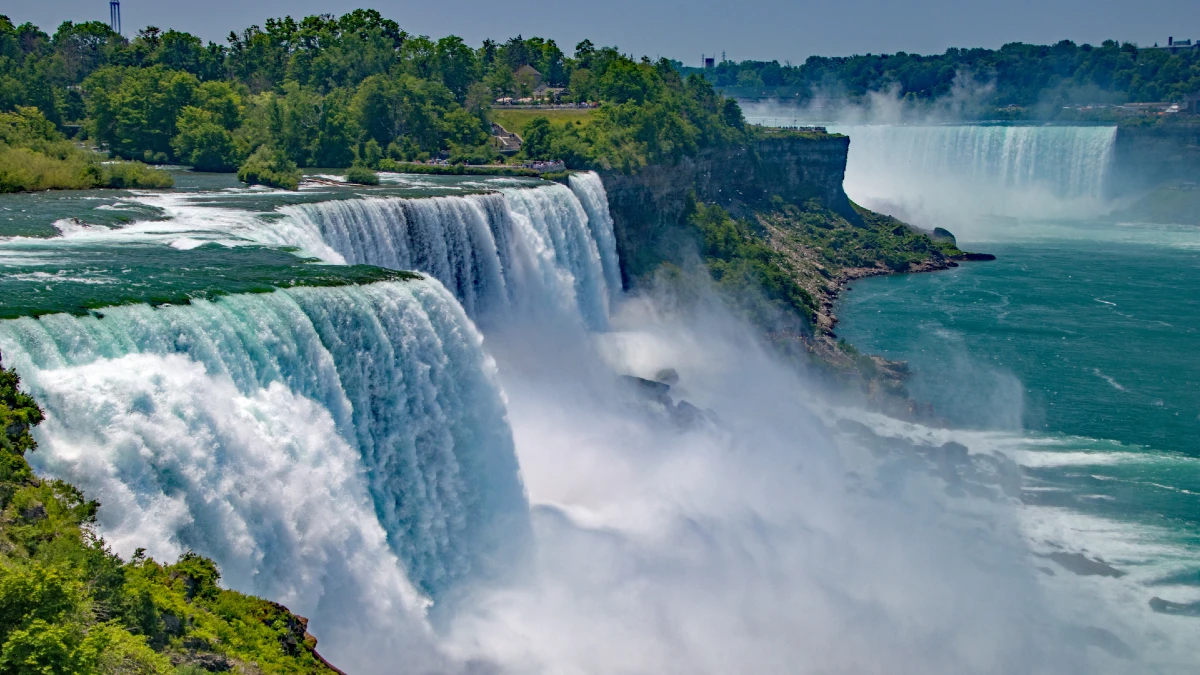
Niagara Falls from the American side delivers the ultimate geographic disappointment: you get inferior views at premium prices while standing on the wrong side of Mother Nature’s most spectacular show. Even travel experts acknowledge that “the best views are from Canada” while the US side offers only “heavily impeded” perspectives due to land positioning.
The view disparity creates an insurmountable problem. Canada provides the iconic full-frontal perspective of Horseshoe Falls that appears in every postcard, while the American side offers awkward side angles and obstructed sightlines. Visitors consistently report feeling cheated when they discover the panoramic vistas they expected require crossing an international border.
Tourist development on the US side has adopted the worst aspects of commercialization without the Canadian side’s comprehensive entertainment options. While lacking Canada’s “Disney-esque” atmosphere and attractions, American side businesses still charge tourist-trap prices for limited experiences. Parking, attractions, and dining carry inflated costs that rival or exceed Canadian pricing.
The natural experience suffers from this awkward positioning. Although you can get closer to some falls via Cave of the Winds, most visitors find this proximity trade-off inadequate compensation for missing the spectacular panoramic views. The American side feels like paying premium prices for economy seats at nature’s greatest show.
Experience Niagara Falls properly instead: Visit the Canadian side for the views that justify the journey, or explore other spectacular waterfalls like Tahquamenon Falls in Michigan or Multnomah Falls in Oregon, where you get the best vantage points without international border complications and price disadvantages.
11. Key West, Florida
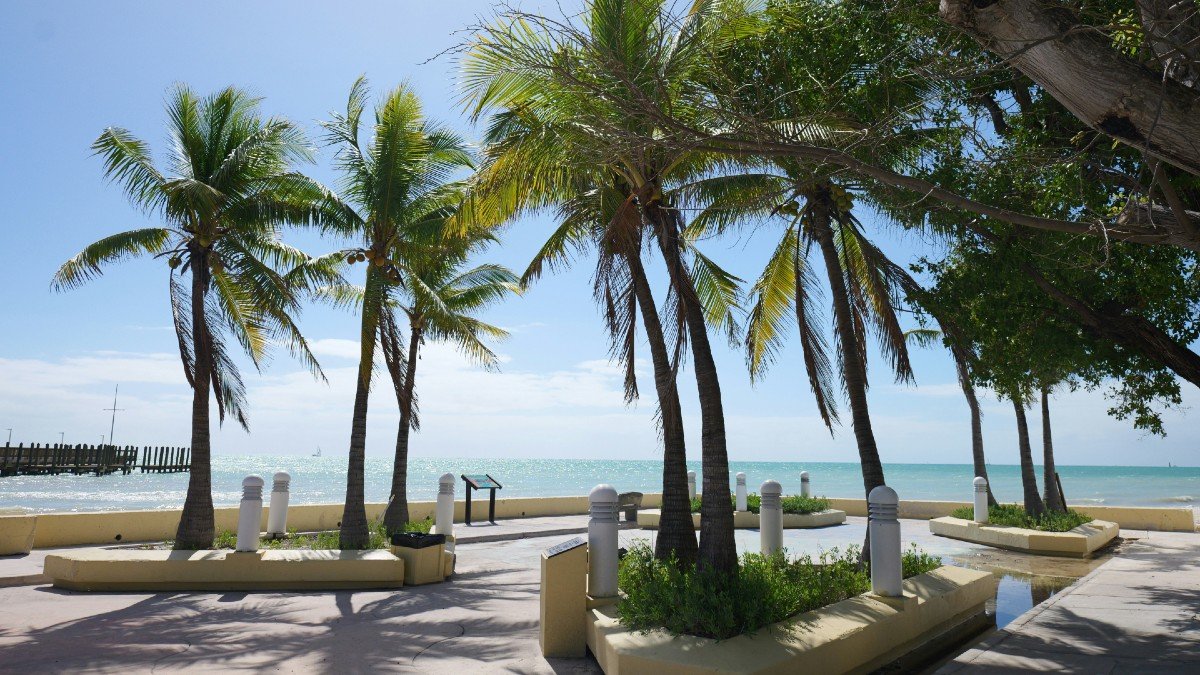
Key West represents the most expensive disappointment in American tropical travel, where a 4-square-mile island somehow justifies charging $200-500+ per night for hotels while delivering beaches that wouldn’t impress visitors to Panama City. With 5 million annual tourists cramming onto this tiny speck of land, the island creates artificial scarcity that drives astronomical costs.
The accommodation pricing reaches genuinely offensive levels. Budget travelers struggle to find rooms under $200 even in off-season, while peak periods demand $300-500+ nightly for basic accommodations. When combined with restaurant costs, parking fees, and activity pricing, couples easily spend $1,000+ for weekend getaways that deliver minimal value compared to superior tropical alternatives.
Beach quality fails to justify the investment or reputation. Key West’s beaches feature rocky shores requiring water shoes, limited sand areas, and frequent seaweed accumulation that creates unpleasant odors. Many visitors discover their tropical paradise expectations shattered by mediocre coastal experiences that pale compared to Florida’s Gulf Coast beaches just hours away.
The overcrowding destroys any pretense of peaceful tropical escape. Nearly 5 million tourists annually squeeze onto 4 square miles, creating theme park-level crowds that make finding secluded spots “difficult, if not impossible.” Cruise ship arrivals compound the chaos, turning streets into navigation nightmares where authentic island culture disappears under tourist saturation.
Discover better Florida Keys experiences instead: Visit Islamorada or Marathon for authentic island life without Key West’s price gouging and crowds. For superior tropical beaches, explore Florida’s Gulf Coast destinations like Anna Maria Island or Sanibel, where you’ll find better beaches, reasonable pricing, and the peaceful island atmosphere Key West promises but can’t deliver.
12. Myrtle Beach, South Carolina
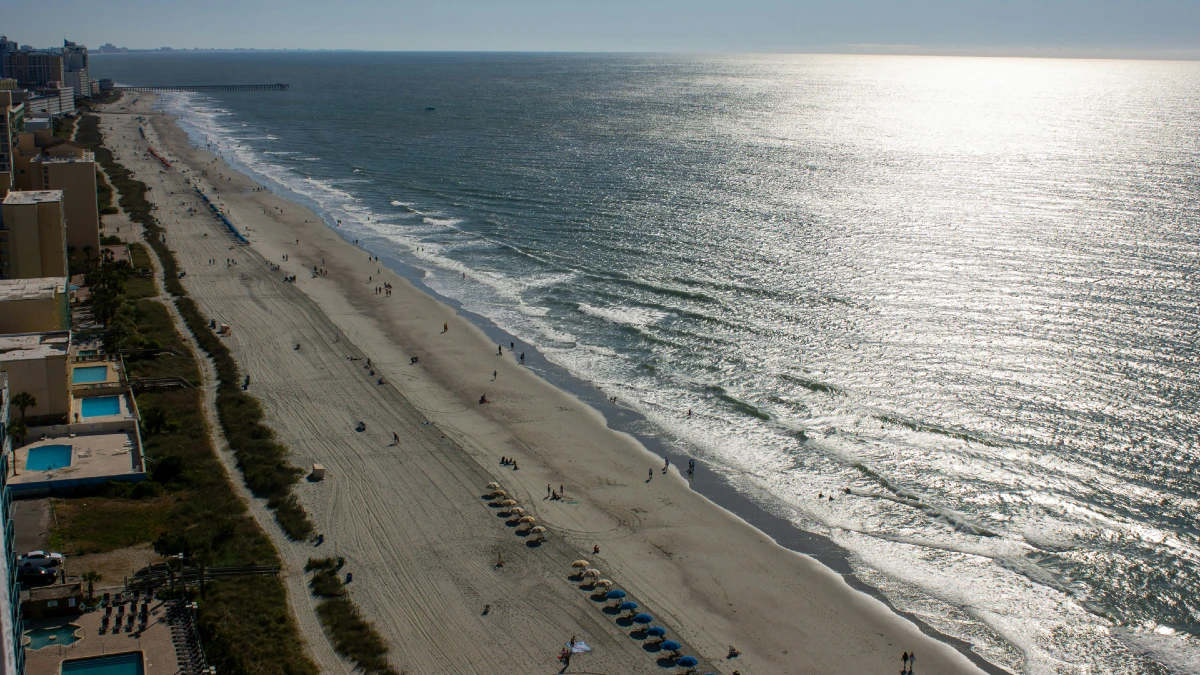
Myrtle Beach exemplifies everything wrong with overdeveloped American coastlines, earning the dubious distinction of hosting “the worst” water quality in South Carolina while subjecting 17 million annual visitors to traffic congestion that transforms beach vacations into automotive endurance tests. The “Golden Mile” of high-rise hotels has created an urban nightmare that buries natural coastal beauty under concrete and commercialization.
Water quality issues plague the destination with legitimate health concerns. The heavily trafficked Withers Swash stretch ranks as South Carolina’s “dirtiest swim,” while over 40% of the state’s beach monitoring sites tested unsafe in recent years. Enterococci bacteria levels frequently trigger swimming advisories, particularly after rainfall when polluted stormwater carries contaminants from overdeveloped watersheds into swimming areas.
Traffic congestion reaches genuinely punishing levels that destroy vacation relaxation. State transportation officials acknowledge that growth pressures now create “challenges that you would see in an Atlanta or Charlotte” throughout the Myrtle Beach corridor. Memorial Day weekend motorcycle rallies generate “significant traffic congestion” with “swarmed roads and a general sense of disorder” that forces authorities to implement 23-mile traffic loops.
The overdevelopment has eliminated authentic coastal character in favor of generic beach resort aesthetics. Endless rows of chain restaurants, t-shirt shops, and miniature golf courses create a sanitized environment that lacks regional personality. The natural coastline disappears behind walls of condominiums and hotels that prioritize maximizing occupancy over preserving environmental quality.
Experience authentic Carolina coastal beauty instead: Visit Kiawah Island or Hilton Head for upscale beach experiences without the crowds and water quality issues, or explore the Outer Banks of North Carolina where pristine beaches and authentic maritime culture survive without Myrtle Beach’s commercial overdevelopment and infrastructure problems.
These destinations demonstrate how popularity and marketing can create tourist magnets that deliver experiences inferior to lesser-known alternatives offering better value, authenticity, and natural beauty.
13. Yellowstone National Park
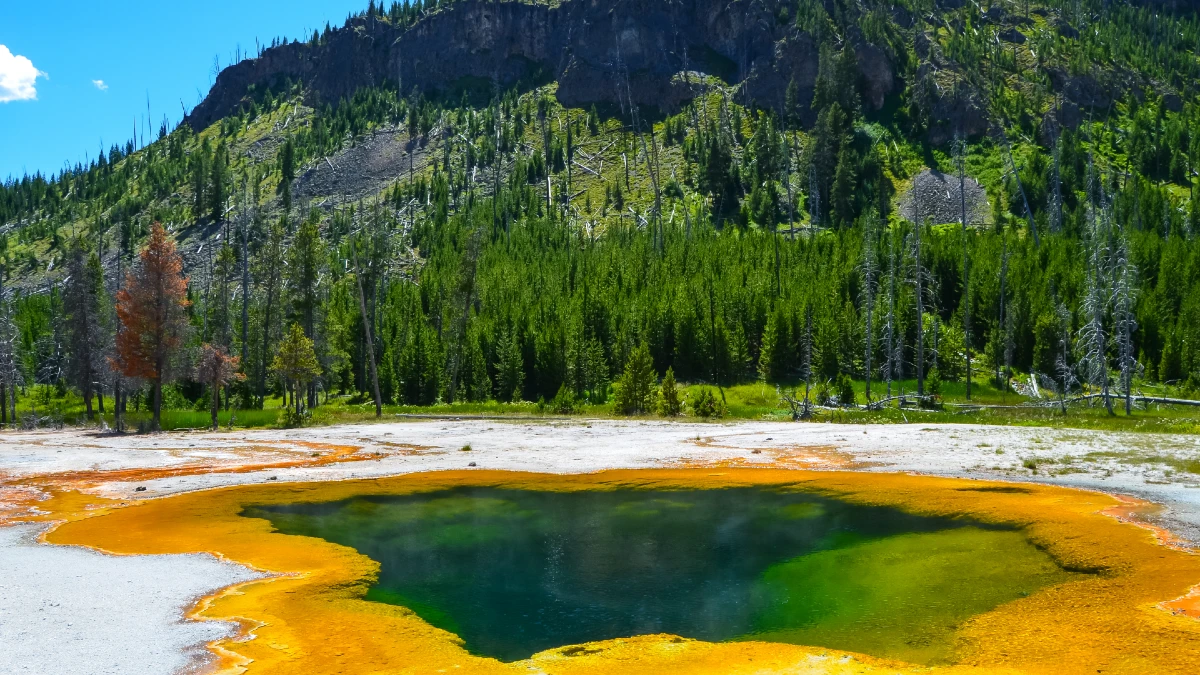
Yellowstone represents the tragic transformation of America’s first national park into a traffic-clogged nightmare where “miles-long traffic jams” and 1,800 rolls of toilet paper daily requirements eclipse the natural wonder that drew 4.86 million visitors in 2021—a record-breaking year that destroyed the wilderness experience this park was created to preserve.
The overcrowding has reached genuinely absurd levels. May 2025 set a new record with 566,363 visitors—up 8% from the previous year—creating conditions where experiencing nature requires enduring urban-level congestion. The park issues 5,000 violation notices annually and records 1,500 motor vehicle accidents, statistics that underscore how overtourism has fundamentally altered what should be a pristine natural experience.
Traffic jams in wilderness areas create the ultimate irony of modern national park management. Visitors travel thousands of miles seeking escape from urban chaos only to encounter “miles-long traffic jams” inside one of America’s most protected natural spaces. The infrastructure, largely dating from the 1920s-30s, cannot handle contemporary visitor volumes that have grown exponentially since the park’s establishment.
Environmental damage accelerates with each record-breaking visitor year. Erosion from human traffic changes and denatures landscapes, while aging infrastructure requires $300 million in repairs that each delayed year makes more expensive. The park’s $77 million annual budget proves inadequate for managing crowds that threaten the very resources they travel to see.
Experience authentic wilderness instead: Consider Glacier National Park’s Going-to-the-Sun Road during off-peak times, or explore lesser-known gems like Theodore Roosevelt National Park in North Dakota, where you can still experience the solitude and natural wonder that Yellowstone once provided before becoming America’s most chronically overcrowded natural destination.
14. Disney World, Orlando

Disney World has completed its evolution from Walt’s dream of accessible family entertainment into a luxury experience pricing out middle-class families, with peak-season tickets reaching a staggering $766 for a family of four—compared to just $262 in today’s dollars fifty years ago. Even Disney executives now admit the parks have become “too expensive.”
The cost escalation defies any reasonable inflation metrics. Single-day Magic Kingdom tickets range from $139 to $199 per person before taxes, while essential add-ons like Lightning Lane Multi Pass demand another $15-35 daily per person to avoid punishing wait times. A typical week-long vacation for a family of four now costs approximately $6,785, not including flights—making European vacations comparatively affordable alternatives.
Wait times and commercialization destroy the magical experience Disney promises. What was once included in admission—like reasonable wait times and perks—now requires premium payments that can easily double vacation costs. The corporate atmosphere has replaced authentic entertainment with calculated revenue extraction, where every interaction is designed to generate additional spending.
The hidden costs create endless financial bleeding that transforms family bonding into budget anxiety. Two drinks cost $70, parking demands additional fees, and merchandise prices reach predatory levels. Families report spending “thousands of dollars” while feeling like “second-class citizens” throughout experiences that prioritize profit extraction over magical memories.
Create better family memories instead: Consider week-long cabin rentals in national park areas where families can enjoy outdoor adventures, genuine bonding time, and educational experiences for a fraction of Disney’s cost. Dollywood offers theme park excitement without Disney’s pricing aggression, while educational travel to Washington D.C. or historic destinations provides enriching experiences that won’t require mortgage refinancing.
15. Grand Canyon South Rim
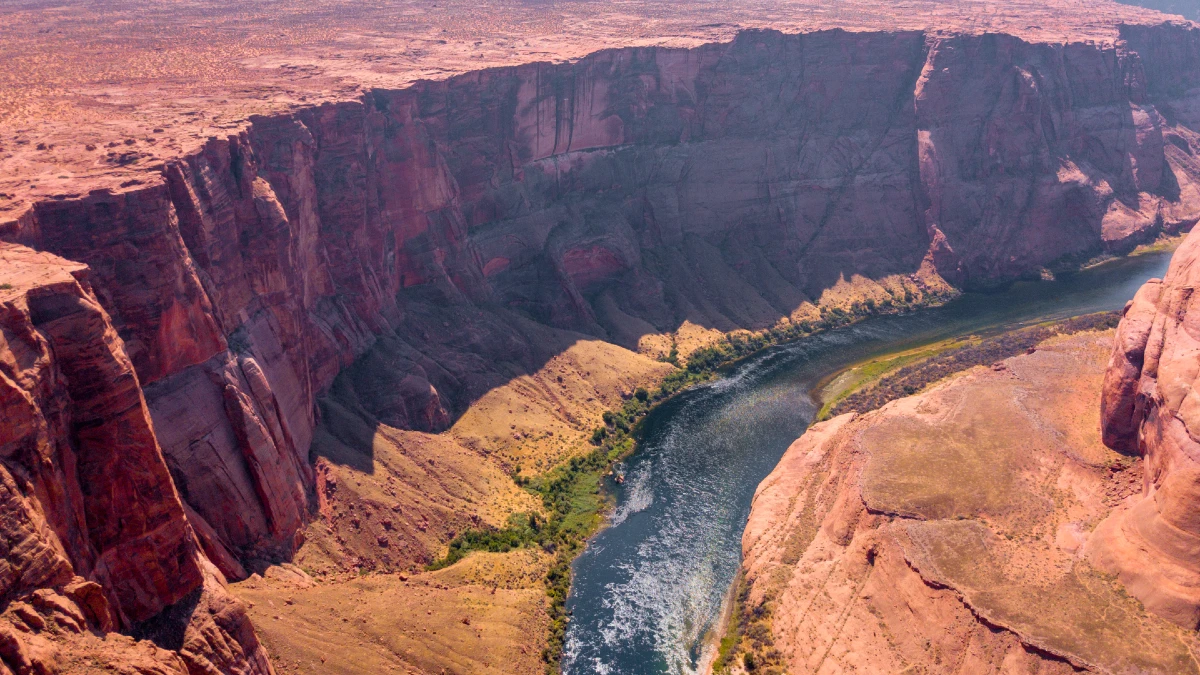
The Grand Canyon South Rim represents the ultimate failure of American tourism management—taking one of Earth’s most spectacular natural wonders and transforming it into an overcrowded, commercialized experience where gift shops compete with geological majesty and parking nightmares overshadow billion-year-old rock formations. This UNESCO World Heritage site now receives over 6 million annual visitors who overwhelm infrastructure designed for a fraction of that capacity.
The visitor density destroys the natural wonder experience that draws people across continents. Environmental degradation accelerates with each record-breaking year as millions of feet create erosion that took millennia to form naturally. Light pollution from tourism developments dims the dark skies that once provided spectacular night viewing, while noise pollution from helicopters, vehicles, and crowds eliminates the profound silence that makes natural wonders transcendent.
Parking and transportation reach nightmare proportions during peak seasons, creating multi-hour delays before visitors even glimpse the canyon. The aging infrastructure from the 1920s-30s requires $300 million in repairs while straining under visitor loads that increase exponentially. Commercial development pressures threaten surrounding areas as tourism businesses prioritize profit over preservation.
The commercialization insults the geological majesty that required 6 million years to create. Gift shops, chain restaurants, and tourist facilities crowd viewpoints where visitors should experience geological time scales that humble human existence. The South Rim has become a theme park version of natural wonder—sanitized, crowded, and fundamentally disconnected from the raw power that created this landscape.
Environmental scientists warn that current visitor levels cause irreversible damage through soil erosion, trampled vegetation, and ecosystem disruption. The park’s mission to preserve resources “unimpaired for future generations” becomes impossible when current management prioritizes accommodating ever-increasing crowds over environmental protection.
Experience the Grand Canyon authentically instead: Visit the North Rim between May and October for spectacular views with 90% fewer crowds, or explore equally dramatic but less trampled alternatives like Utah’s Bryce Canyon, Arizona’s Canyon de Chelly, or Colorado’s Black Canyon of the Gunnison. These destinations offer profound natural wonder without the theme park atmosphere that has compromised the South Rim’s authentic wilderness experience.
The Grand Canyon South Rim’s transformation from natural wonder to tourist commodity represents everything wrong with American overtourism—proving that popularity can destroy the very qualities that made destinations worth visiting in the first place.
Conclusion
America offers countless spectacular destinations that deliver authentic experiences without the crowds, inflated prices, and disappointment that plague these overrated US destinations. The lesson isn’t to avoid travel—it’s to travel smarter by looking beyond marketing hype and social media popularity contests.
Every destination on this list became famous for legitimate reasons, but success bred the very problems that now diminish their appeal. When 5 million tourists squeeze onto Key West’s 4 square miles, or Disney World charges $766 for family admission, these places stop serving travelers and start exploiting them.
The alternatives suggested throughout this article aren’t consolation prizes—they’re often superior experiences waiting to be discovered. Glacier National Park offers Yellowstone’s majesty without traffic jams. North Carolina’s Outer Banks provide authentic coastal culture that Myrtle Beach traded away for development dollars.

